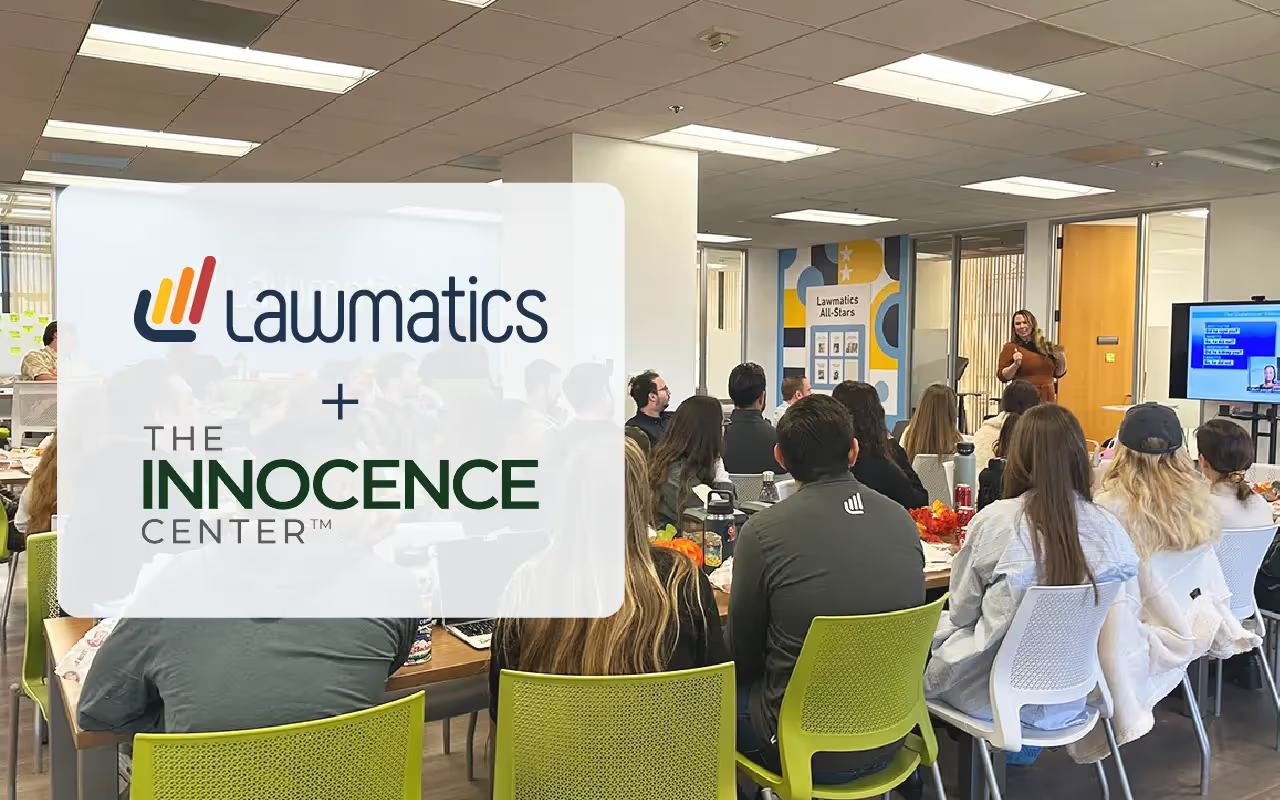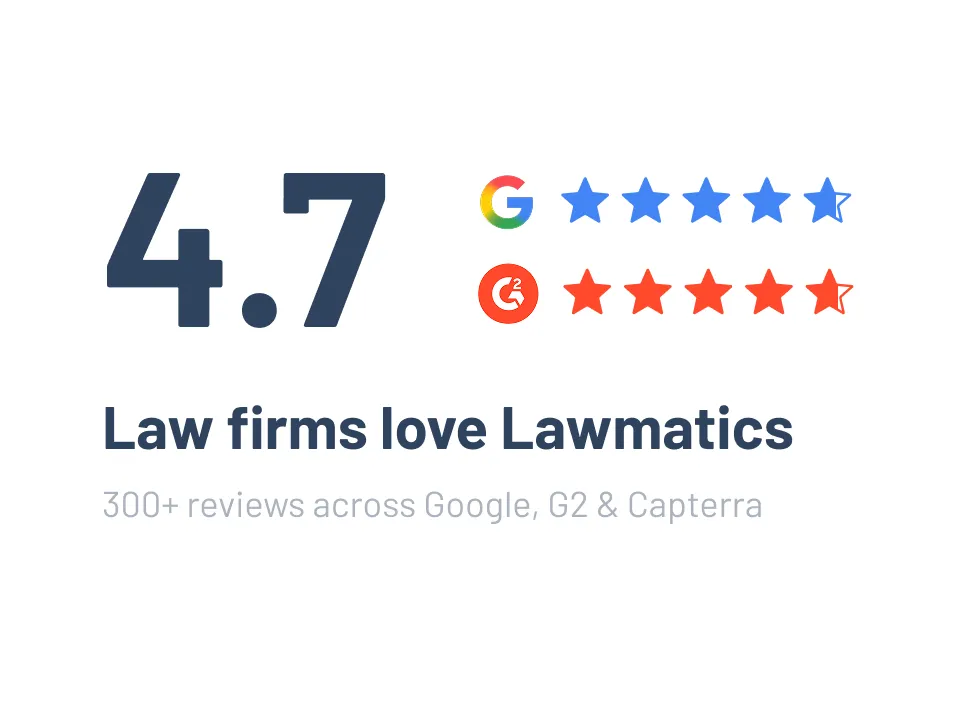Lawmatics and The Innocence Center Partner Up to Improve Access to Justice
Discover how Lawmatics partner The Innocence Centerworks to free innocent people from prison and assist the exonerated.

Table of contents
Ready to grow your law firm with Lawmatics?
Schedule a demo of legal’s most trusted growth platform.








.avif)